
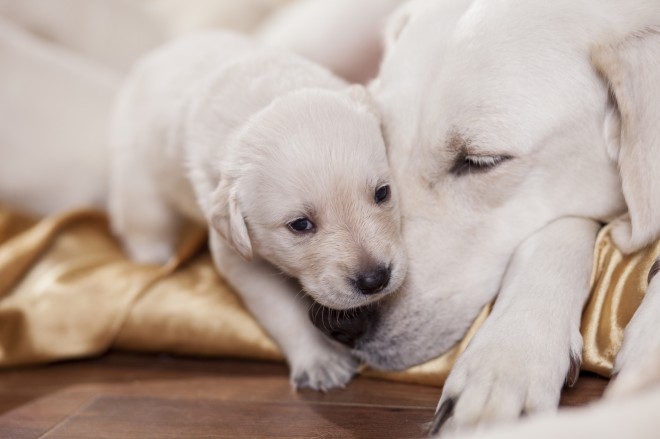
When breeding from your dog, it's vital to make sure that your bitch is in perfect health before conception, and take care of her changing needs as the pregnancy progresses. Once your dam has successfully delivered her litter, it's even more important to keep a close eye on her and make sure that she's healthy and coping well, and to support her in caring for her pups. You've probably got a lot on your hands with a litter of new baby dogs in the house, but this is nothing compared to the demands placed upon the dam's body and mind! Read on to learn about the specialised care your dam will need immediately after the birth and as the pups grow and develop to make sure that your dam's recovery is as smooth and trouble free as possible.
Immediately after the birth, make sure that all of the placentas have been delivered fully and that none are retained inside of the dam, which can lead to potential problems.
It's important to get both the dam and the pups checked over by your vet within a day or two of delivery, even if all of them are doing well. Your vet will examine your dam and make sure that she is not suffering from any adverse effects of delivery and that she is in generally good health.
Even if your vet gives the dam a clean bill of health after the birth, problems can still develop later on. Take your dam's temperature every day for a week to ten days after the birth. If her temperature rises above 39.7 degrees Celsius you should take her back to the vet as she may have contracted an infection as a result of delivery.
Pyometra is one of the potentially dangerous infections that your dam could contract after whelping, and is caused by hormonal changes leading to abnormalities in the lining of the uterus, accompanied by the presence of bacteria such as E-coli in the body which can cause the uterus to become infected and fill with pus. There are two different types of pyometra in dogs, which are referred to as an 'open pyometra' and a 'closed pyometra' respectively. An open pyometra means that there is a noticeable discharge of pus from the vulva, and a closed pyometra means there is no visible discharge present. Pyometra is relatively easy to diagnose if there is a pus discharge present, but slightly more difficult if there is not. Other signs and symptoms of pyometra to be on the lookout for include an elevated temperature, vomiting and diarrhoea, depression, lack of interest in food, and excessive water consumption and urination. If you suspect your dam may have contracted pyometra or another infection in the days following the birth, it's vital to seek veterinary treatment as soon as possible, as the health and wellbeing of both the dam and the pups will depend on it.
How you feed your dam after delivery is vitally important to the health of the dam and the health and development of your new puppies. Not feeding enough or not meeting all of your dam's nutritional needs while the puppies are relying upon her milk for growth can cause serious health problems for both the pups and the dam. While you dam is lactating and feeding the puppies, it's important to allow her to eat as much food as she wishes, which can be a significant amount- often as much as three times or more the amount she was eating before the pregnancy. Your dam's nutritional requirements will also change during pregnancy and after the birth while she is lactating, and so just feeding a regular diet designed for an adult dog is not enough. Calcium is particularly important for the dam during and after labour, and your vet may recommend giving your dam a calcium supplement alongside of her meals. The main diet of the dam as delivery draws nearer and after the birth during lactation is most usually puppy food, a complete diet designed for the needs of the puppies as they begin to wean and eat solid foods for the first time. A good quality compete puppy food supports both the nutritional needs of the dam during lactation, and also of the puppies themselves once the dam begins to wean them onto solid food.
It's normal for your dam to be disinterested in eating for up to a day after the birth, but after this time she should begin eating again with gusto. If she appears to be going off her food or not eating enough, seek veterinary advice, as this is not normal and could be potentially harmful to the dam and the pups.
Lactating, or producing milk to feed the puppies, places a lot of additional stress on the dam's body. The dam's milk needs to be rich in nutrients to support the growth of the new pups, and the dam's body prioritises milk production over the dam's own nutritional needs at this time. Due to this, your nursing dog could easily lose weight and condition during the time when she's feeding the pups if she is not adequately nutritionally supported by correct feeding.
As well as making sure your dam receives enough food and nutrients to support healthy lactation, keep an eye on the toll that lactation is taking upon her body. Her teats will naturally become darker, enlarged and swollen while she is nursing the pups, and this is not cause for concern. However, none of her teats should appear sore, inflamed or hot to the touch. Any of these signs may be indicative of a localised or generalised infection or mastitis. An infection of one or more of the teats can both be very painful and sensitive for the dam, especially when the puppies are feeding, as well as affecting milk production.
It's also important to make sure that your dam is producing enough milk to feed all of the puppies, and that they are growing and developing well. If your dam is not producing enough milk to feed all of the puppies or her milk begins to dry up while the puppies are still nursing, they may require supplemental feeding until they are old enough to be weaned fully onto solid foods.
Generally, if the birth and delivery goes without a hitch, your dam will be healthy and not encounter any of the potential complications and problems that can arise as a result of labour and caring for the pups. However, it's still important to keep a close eye on the health and wellbeing of the dam as well as the puppies, in order to intervene quickly in the event of any problems and to make sure that everything goes as smoothly and easily as possible for your dog.
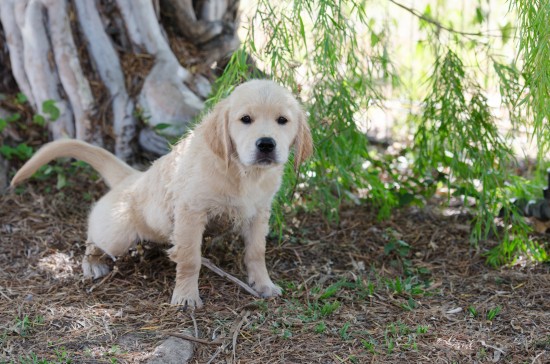 Weaning Your Puppy Off Puppy Pads In Favour Of Toileting Outside
Weaning Your Pupp
Weaning Your Puppy Off Puppy Pads In Favour Of Toileting Outside
Weaning Your Pupp
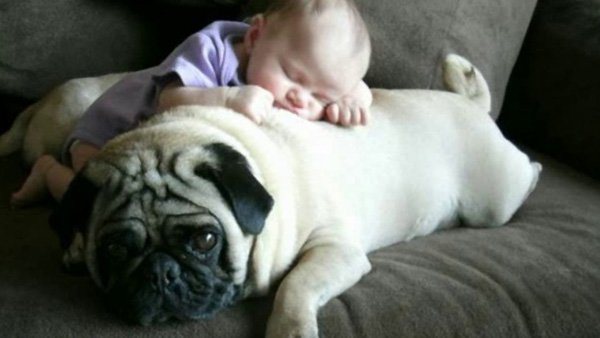 A Relaxed And Comfortable Bath For Your Dog
A Relaxed And Comfortable Bath For Your Dog
Go
A Relaxed And Comfortable Bath For Your Dog
A Relaxed And Comfortable Bath For Your Dog
Go
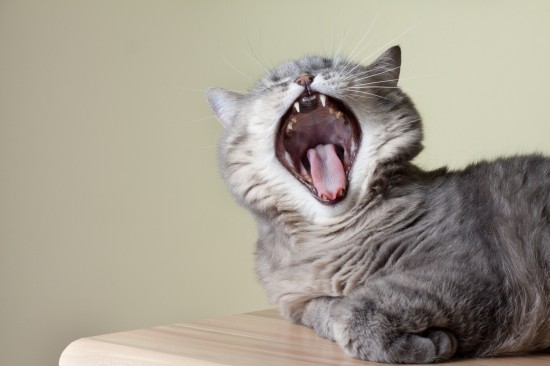 Cat Mouth Cancer - Feline Oral Squamous Cell Carcinoma Explained
Cat Mouth Cancer
Cat Mouth Cancer - Feline Oral Squamous Cell Carcinoma Explained
Cat Mouth Cancer
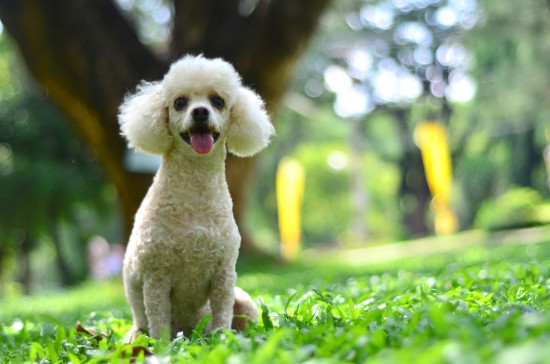 Does The Poodle Make A Good Family Dog?
Does The Poodle M
Does The Poodle Make A Good Family Dog?
Does The Poodle M
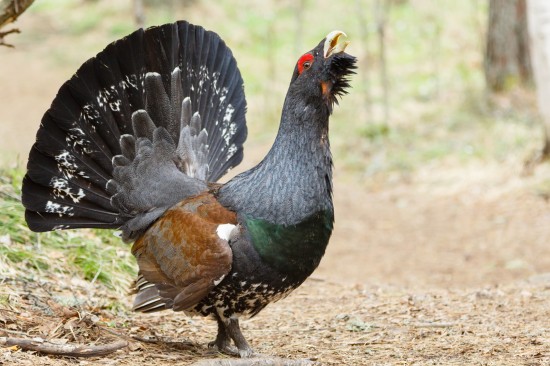 Britain’s Most Endangered Birds
Britain’s Most En
Britain’s Most Endangered Birds
Britain’s Most En
Copyright © 2005-2016 Pet Information All Rights Reserved
Contact us: www162date@outlook.com